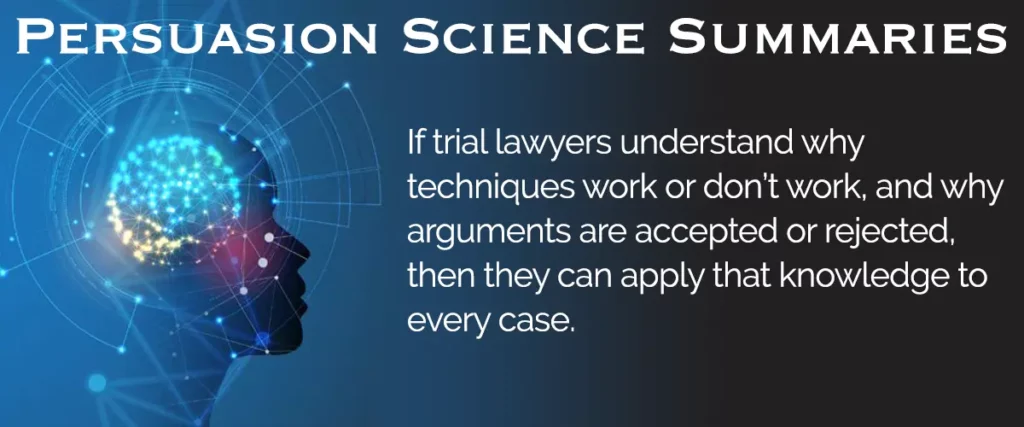

Reality Isn’t Universal
John P. Blumberg
In Persuasion Science for Trial Lawyers, I wrote about the research that explains how the brain decides whether to engage in critical thinking or jump to a conclusion based on prior experience, bias or stereotyping. I explored how we might be able to present facts to juries so that their brains would not refuse to consider them. In Chapter 14, I quoted Colin Firth, the actor who funded a serious academic study that he humorously described as designed “to find out what was biologically wrong with people who don’t agree with me.” The study results did not find that there was anything biologically “wrong” but did confirm that there are biological differences in brain structure that account for one’s inclination to be liberal or conservative. There is new research that adds to the explanation of why seemingly intelligent people see the world so differently. Those of us who are confident that we are perceiving the world as it really is become very frustrated with those who obviously have a distorted view. (Don’t take this last sentence completely seriously; it’s my attempt at sarcasm and humor.)
In Persuasion Science, I wrote about the dual-processing theories of “thinking, fast and slow” but soon-to-be-published brain research by UCLA psychology professor Matthew D. Lieberman goes beyond the fact of the phenomenon, and concludes that there is a “gestalt” area of the brain where perceptions of reality reside. Gestalt was a German school of perceptual psychology whose motto was, “The whole is greater than the sum of the parts.” The approach focused on how the human mind integrates elements of the world into meaningful groupings. The gestalt cortex is located behind the ear and creates a naïve realism – defined as the conviction that one sees reality objectively, exactly as it is. When others describe a different reality, it can serve as an existential threat to our own contact with reality and often leads to anger and suspicion about the other person. The apparent process by which the gestalt cortex makes an immediate assessment of facts or sensory information include “coherence, effortlessness, experience, and inhibition of alternatives.” This theory is an explanation that one’s worldview is not merely philosophical but rather, embedded in the brain.
What does this have to do with trials and jury persuasion?
No amount of persuasion can change a person’s naïve realism. But this research expands our understanding of the keys to persuasion. It requires us to focus on presenting evidence that can be immediately perceived as consistent with experience and able to be understood without effort. In this way, our presentations can avoid being rejected as contrary to reality. How? First, by identifying a common experience and matching that experience with what happened to our client. Second, by presenting our facts so that they can be easily understood. Both of these approaches will be discussed in greater detail in a future Persuasion Science Summary.
© John P. Blumberg, 2022




